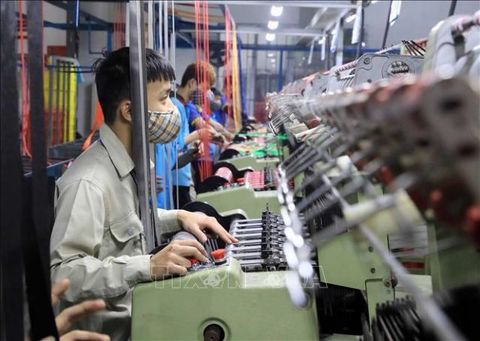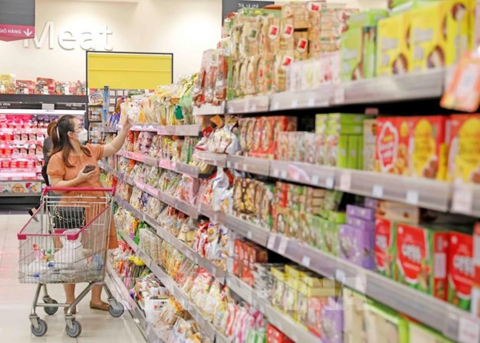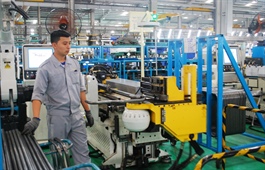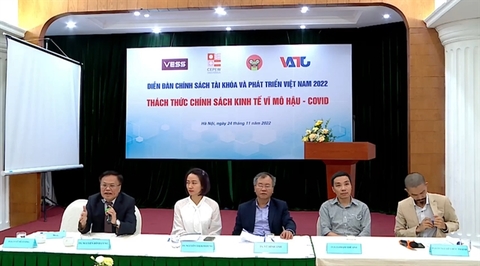Boosting labour productivity key to economic development
Boosting labour productivity key to economic development
Viet Nam placed great importance on improving its labour productivity, said policymakers and economists during a conference in Ha Noi yesterday.

Productivity remained a key priority of the country's labour strategy, widely regarded as a cornerstone for economic development and sustainability, they said.
Economists urged policymakers to regularly conduct comprehensive reviews and studies of the current systems to identify shortcomings and limitations and quickly address them to help improve the quality of the Vietnamese labour force.
They called for a national survey on workers' productivity across the country and in all economic sectors and industries to establish a database for future objectives and policies in the coming decades.
Deputy minister of planning and investment Tran Quoc Phuong said Viet Nam had started a process to move away from a resource-extraction, low-cost labour economic model to one that employs sophisticated modern technologies.
Phuong stressed the importance of building an advanced and highly-skilled labour force in order to realise the country's modernisation and industrialisation objectives, as well as a key pillar of a dynamic and innovation-based economic model in the future.
"Improving labour productivity is a prerequisite to long-term and sustainable economic development, and a major factor in whether Viet Nam may be able to catch up with developed countries around the world," Phuong said.
Dang Duc Anh, deputy head of the Central Institute for Economic Management (CIEM), said in recent years Viet Nam's labour productivity has seen significant progress. In the last ten years (2011-21), productivity went up from VND70 million (US$2,830 in 2011's exchange rate) to VND172 million ($6,950 in 2021's exchange rate) per year, a nearly 250 per cent increase. Productivity had steadily improved at an average rate of 6 per cent annually.
However, Vietnamese workers still trailed behind their regional peers, with the gap getting larger in certain cases. This was particularly true in the industrial and construction sectors, where the country still pursued a labour-intensive model with little room for added value.
In other sectors such as agriculture, aquaculture and forestry, the gap was often difficult to observe because of rapid sectoral growth thanks to effective restructuring in recent decades.
Meanwhile, highly-skilled workers tended to mostly concentrate in and around major economic hubs such as HCM City, Ha Noi, Binh Duong, Ba Ria-Vung Tau and Bac Ninh, which had not been able to create a ripple effect to help modernise neighbouring cities and provinces.
Dr Vo Tri Thanh said major hurdles to boosting productivity included sub-par management, inadequate capital and a lack of consistency in technology.
Economists called for the quick implementation of a national programme on improving labour productivity as the backbone to boost Viet Nam's capacity to compete in the international market and economic resilience.
Viet Nam has set a target to maintain a productivity growth rate of 6.5-7 per cent annually in the 2020-30 period.



















